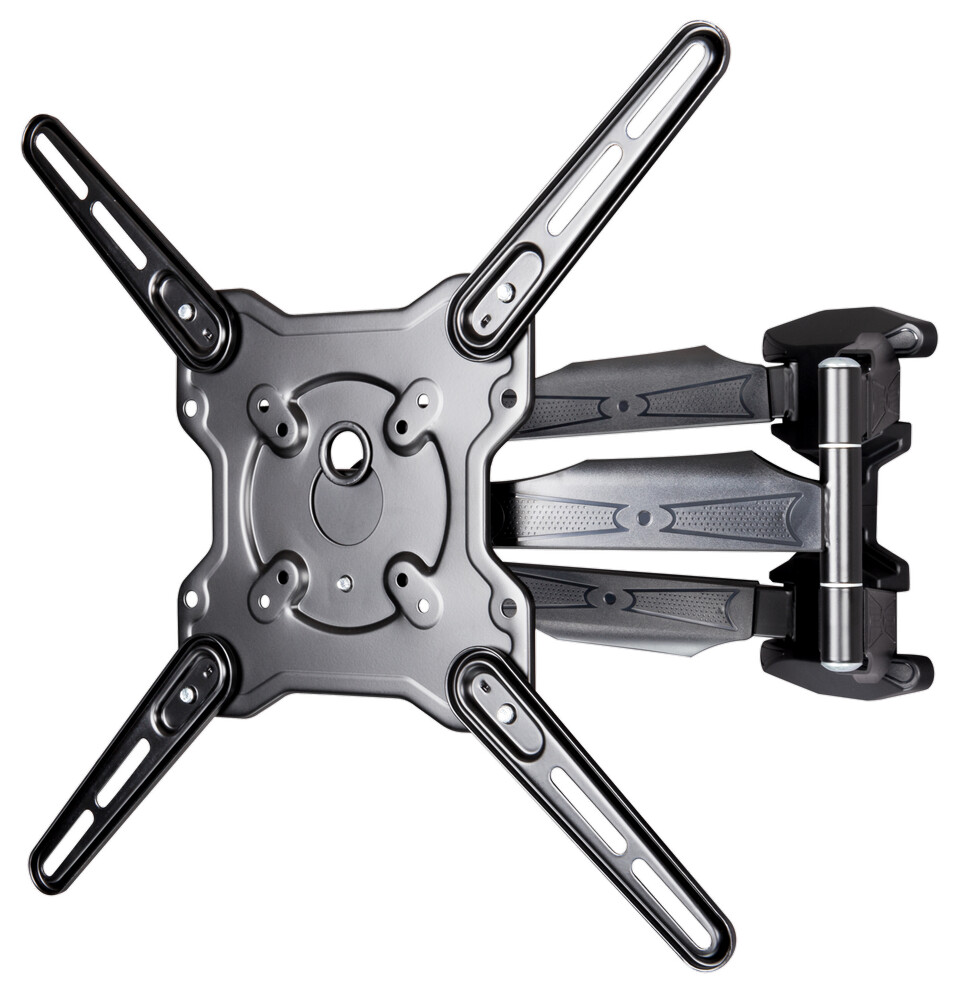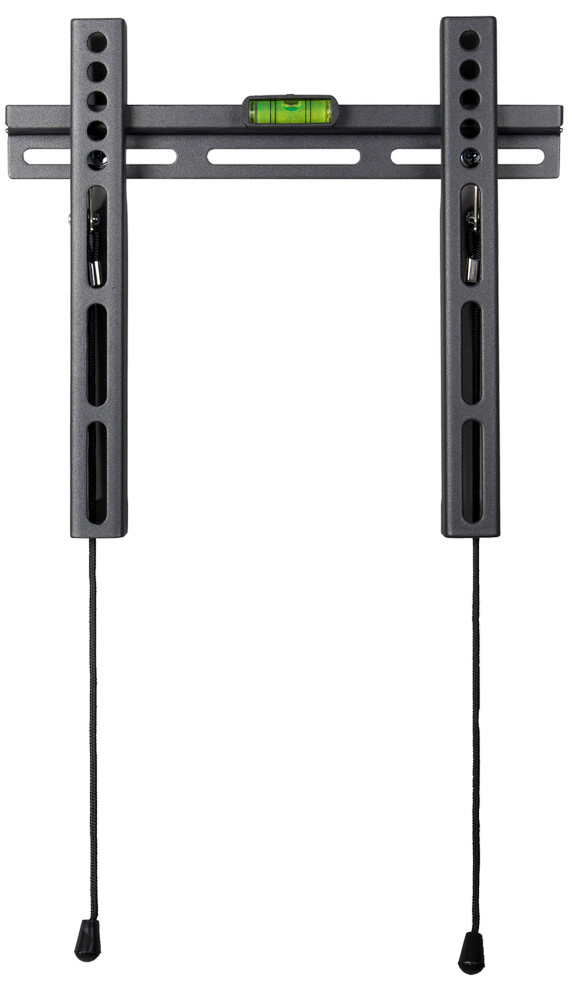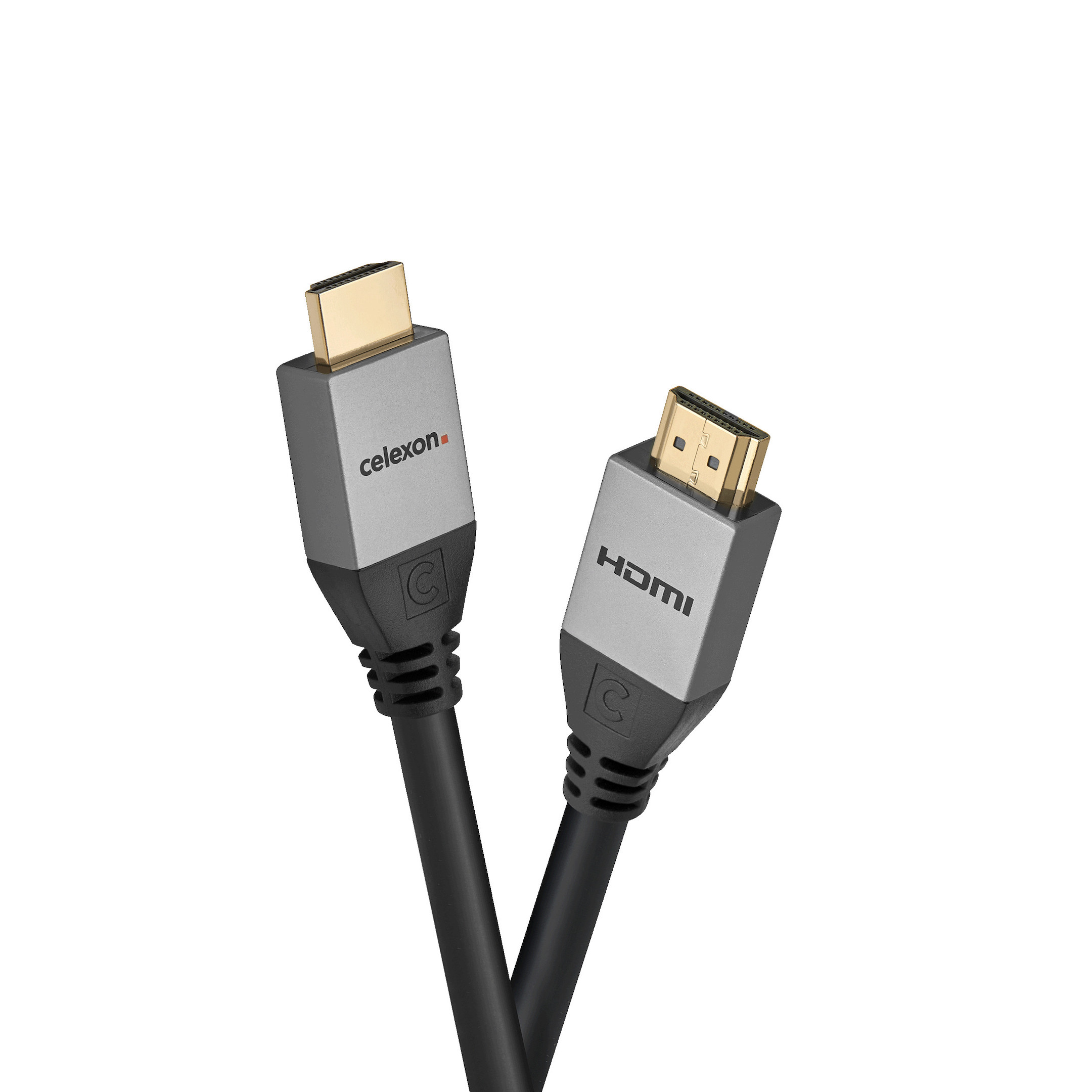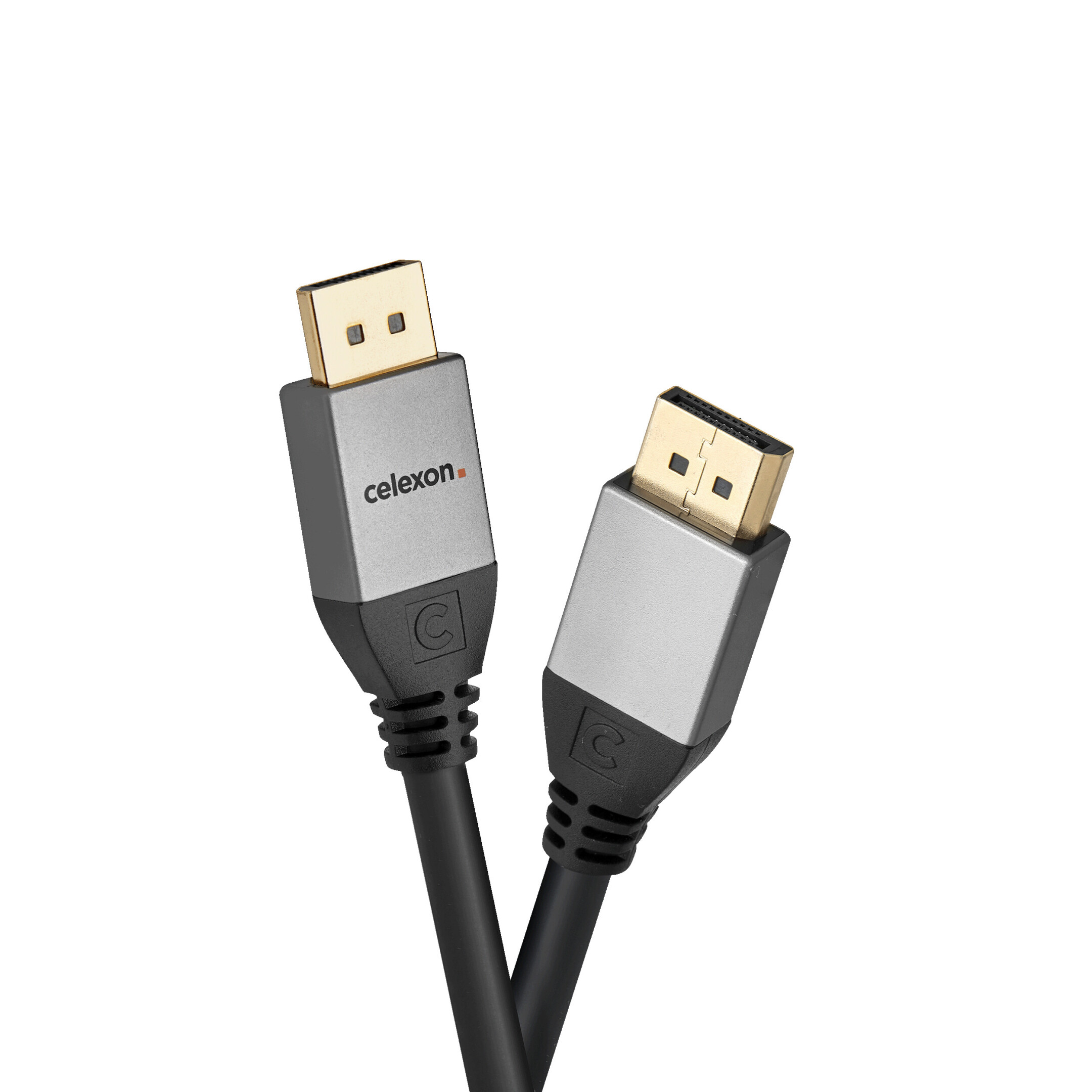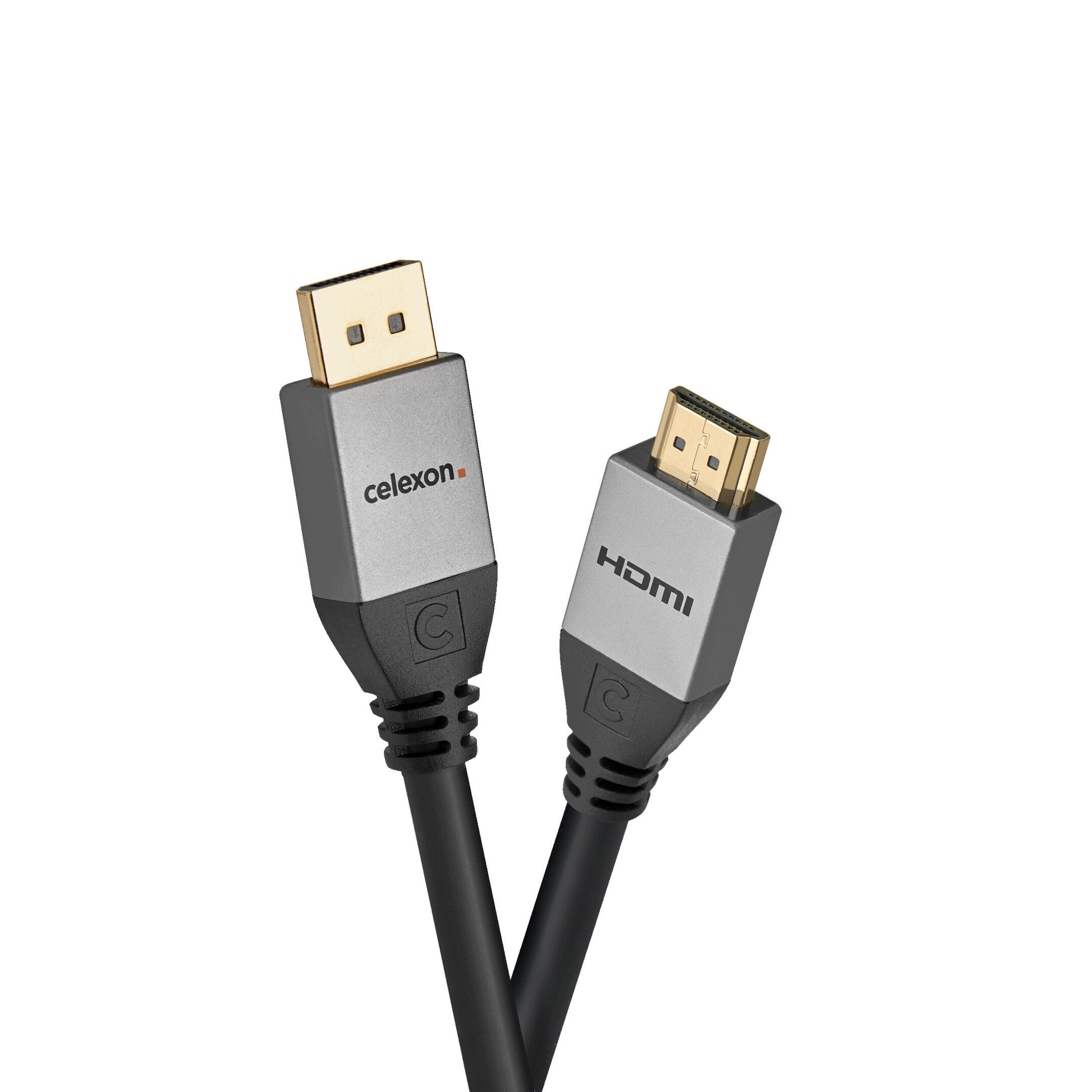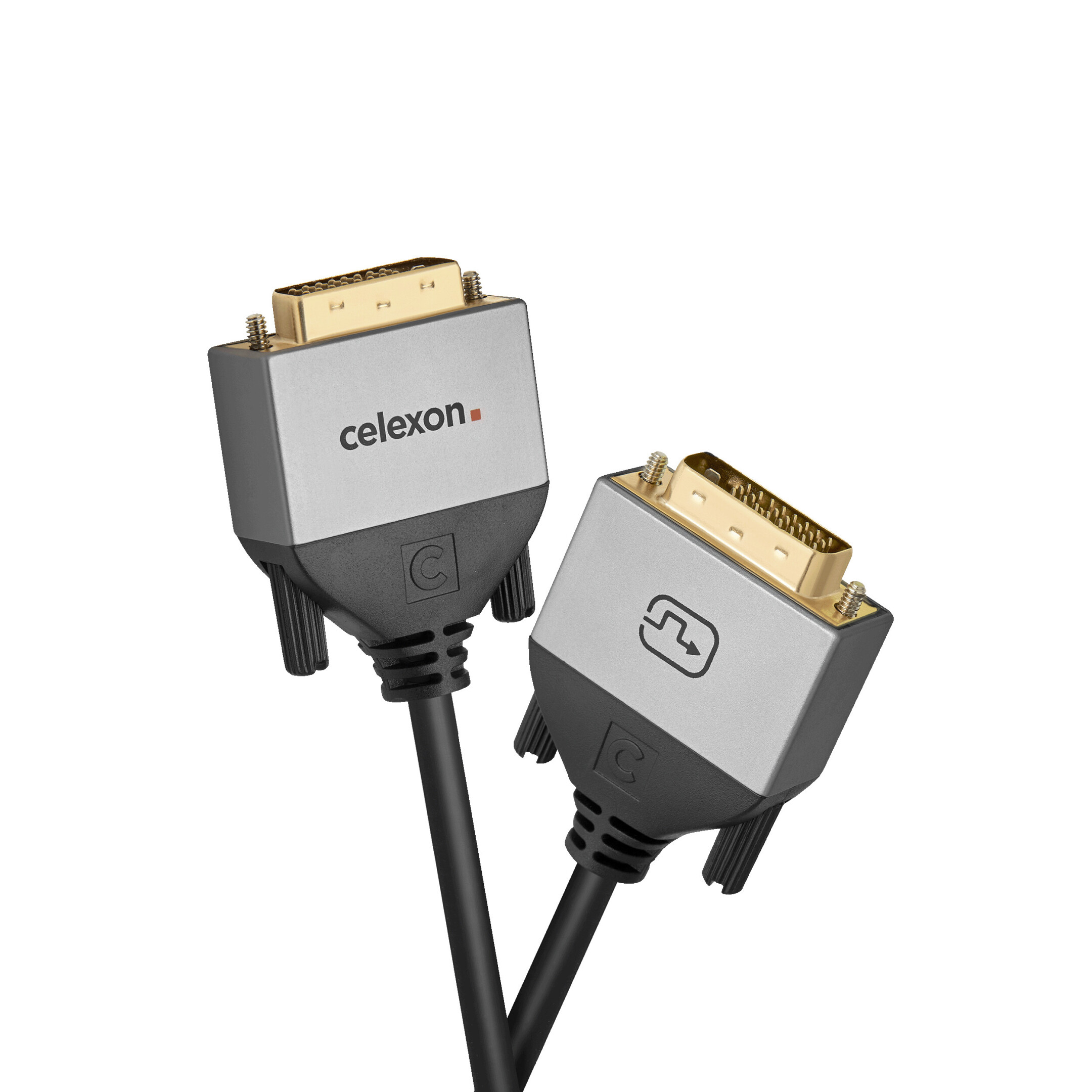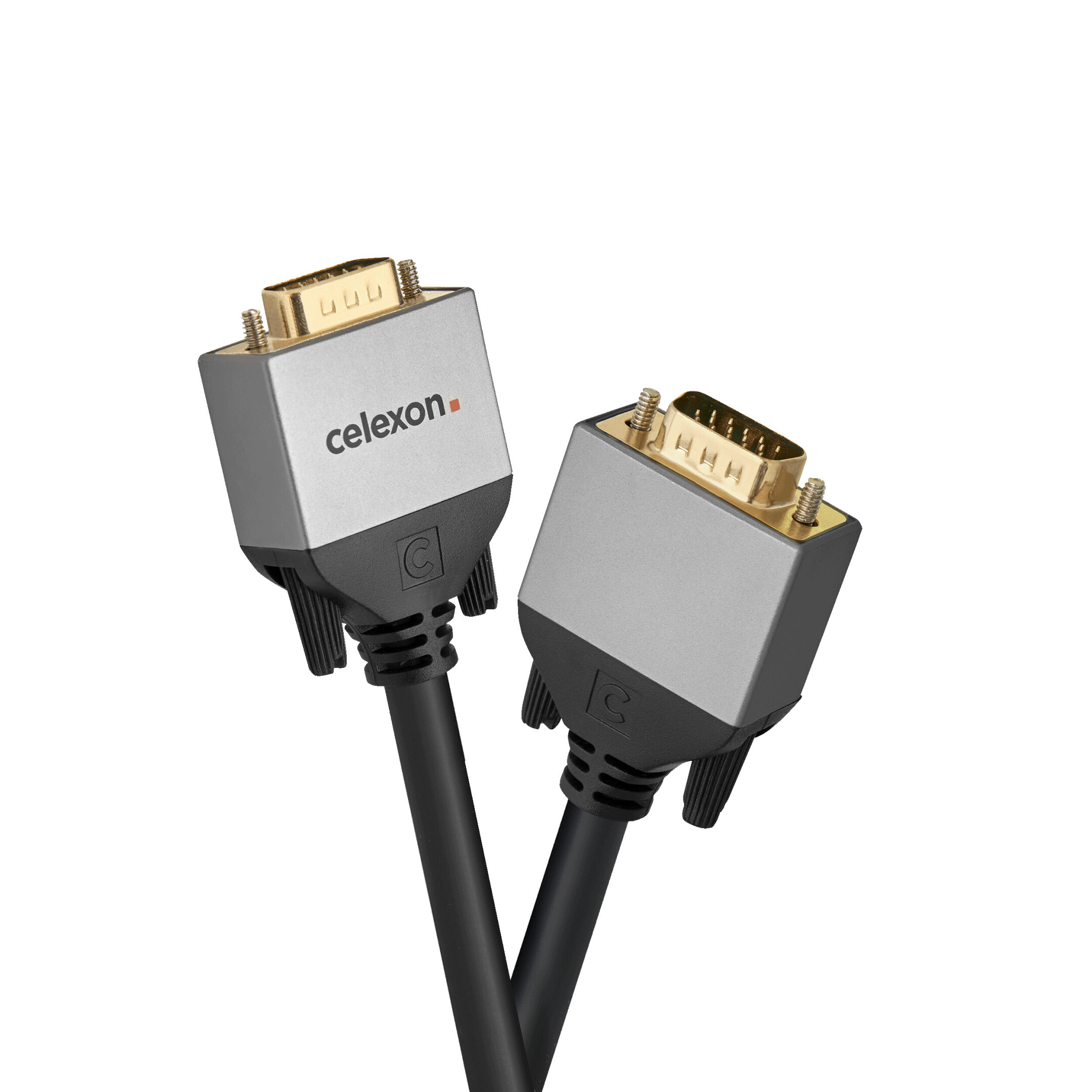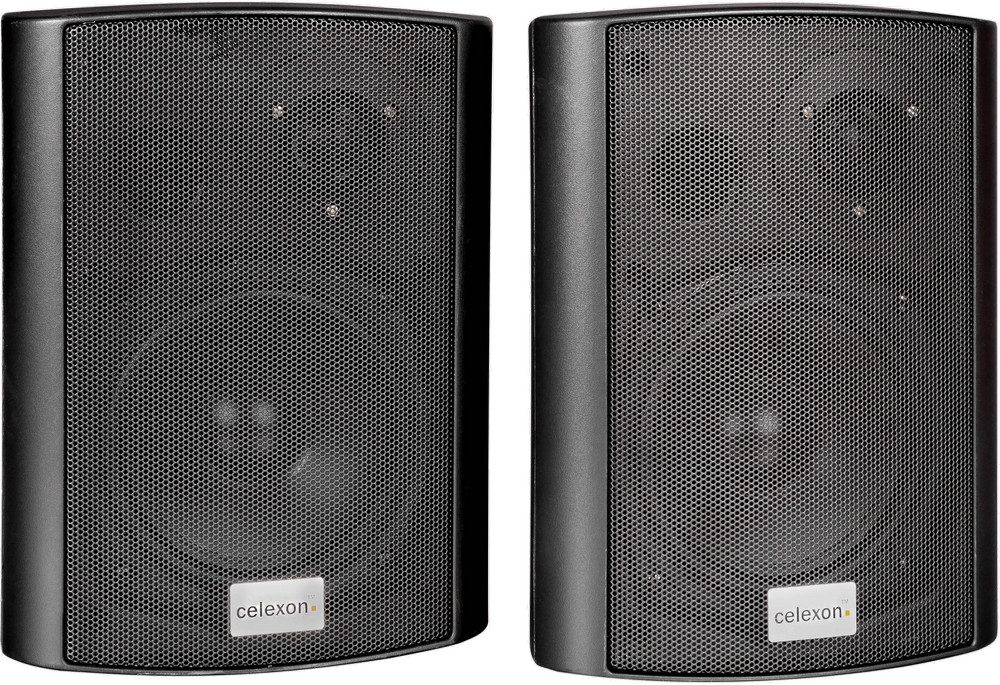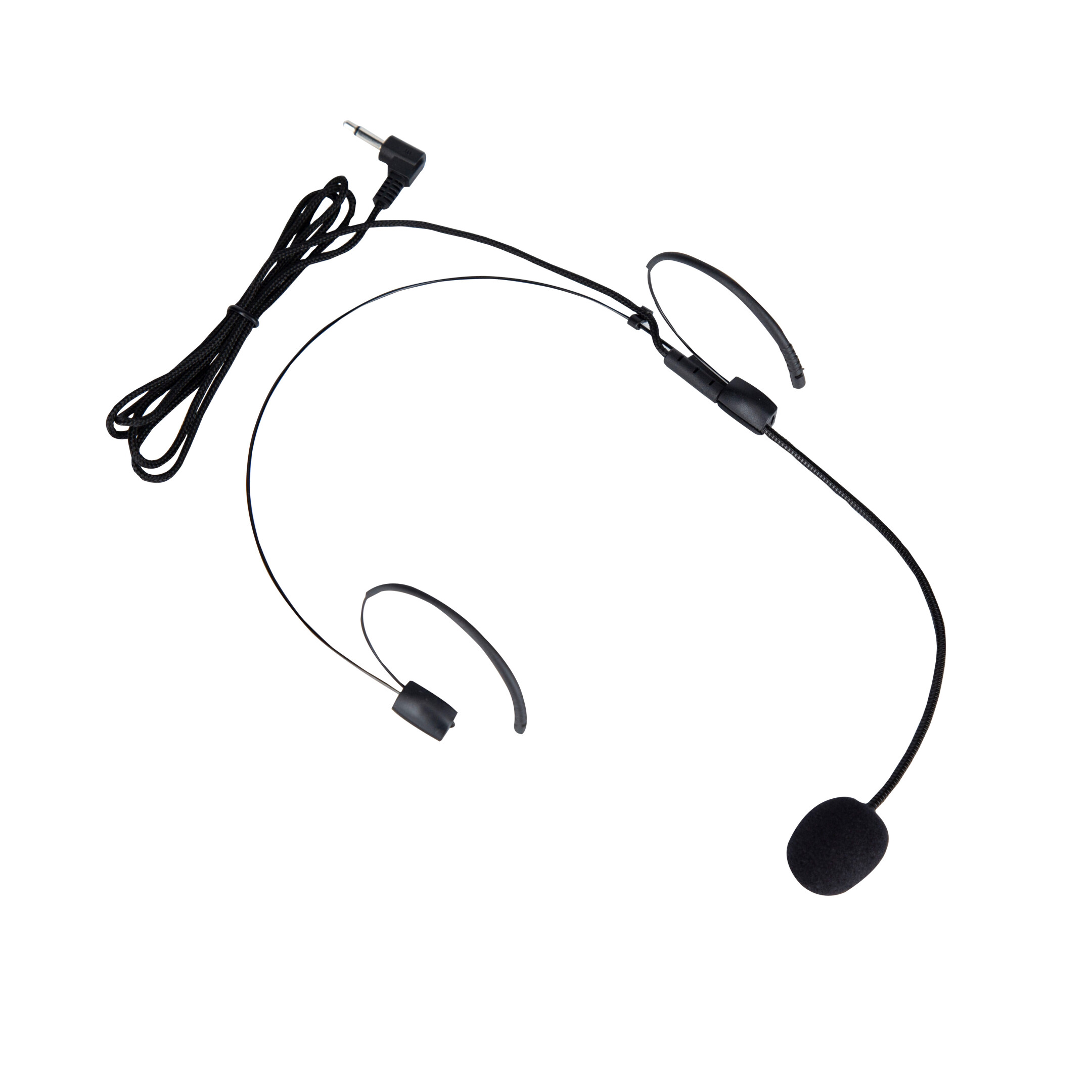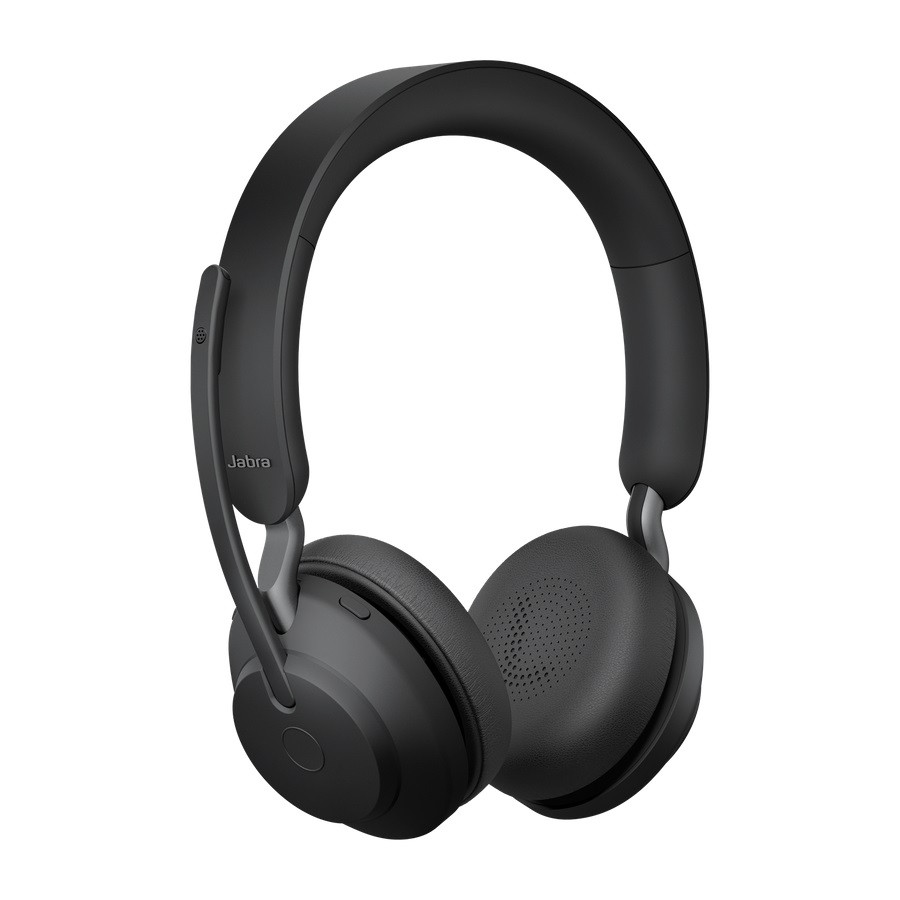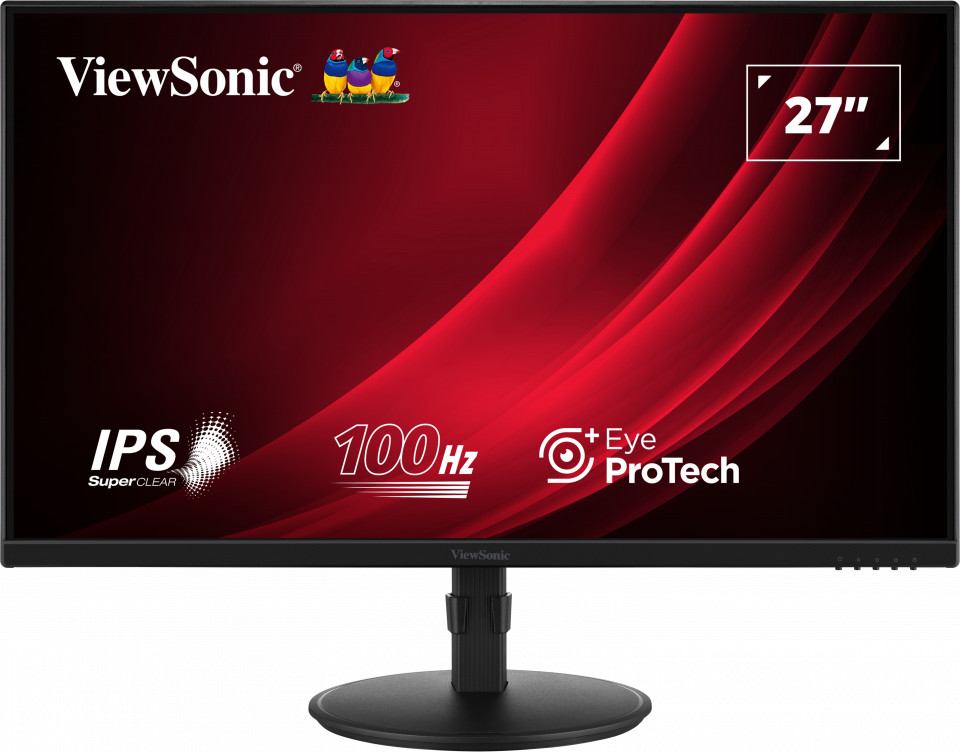































£147.28*
- Resolution 1920 x 1080 Full HD
- Diagonal 27"
- Panel type IPS
- Refresh Rate 100Hz



Frequently purchased together
Product information
The ViewSonic VG2708A is a 27-inch FHD monitor with HDMI, VGA and display port inputs for business and home use. Experience advanced connectivity and effortless device integration with our advanced monitor withUSB hub. Eye ProTech+ technology ensures optimal screen performance and comfortable viewing without noise or stuttering. Expand your workspace and experience seamless, ergonomic multitasking on just one screen with a VESA-compatible mount and low power consumption.
- vDisplay Manager (free download)
- 3 sides frameless
- HDMI, DisplayPort and VGA inputs
- SuperClear® IPS technology
- Ergonomicstand
- 100Hz variable sync
- Hardware blue light filter
Exceptional wide-angle vision

Enjoy vibrant colours with consistent brightness and amazing accuracy, regardless of viewing angle. The SuperClear® IPS monitor has an ultra-wide 178-degree vertical and horizontal viewing angle, delivering the same picture quality with true colour accuracy and consistency from screen to print.
Full HD 1080p
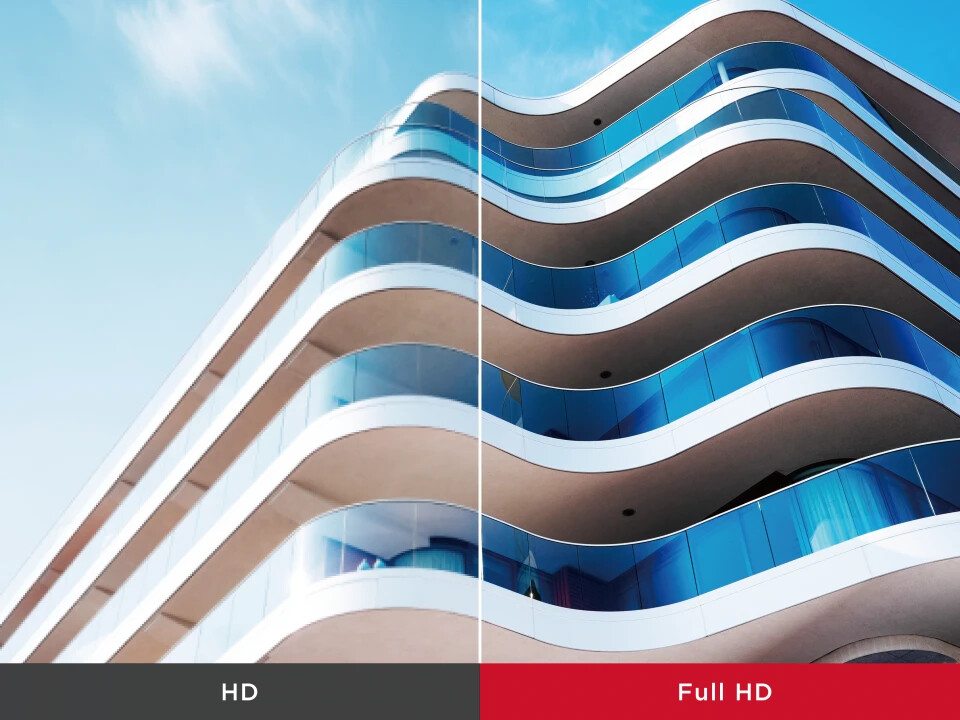
The Full HD 1920x1080 resolution delivers incredibly clear picture reproduction for incredible clarity and detail when working, gaming or enjoying the latest movie premiere.
Fluid graphics with 100 Hz refresh rate

With a fast 100 Hz refresh rate, you will experience a truly smooth display. This results in improved image sharpness, reduced screen judder during fast action scenes, as well as reduced eye strain and increased productivity during work-related tasks.
Connection flexibility

HDMI, VGA and DisplayPort(DP) inputs give you the freedom to connect your monitor to a wider range of devices.
A new angle on workplace ergonomics
Enjoy every detail with advanced ergonomics - rotation, pivot, height adjustment and an ergonomic tilt angle from -3.5° to 28°. Each of these offers a wider range of customisable settings for maximum comfort. Thanks to the ergonomic design, you can also set up the monitor while standing or have a strategic group discussion around the screen.
Eye ProTech+ for always-on eye protection
With ViewSonic Eye ProTech+, you can work comfortably even for long periods of time. Combining flicker-free technology with an integrated low blue light screen, this monitor keeps your eyes feeling fresh and prevents digital eye fatigue without sacrificing image quality.
Built-in speakers
With two built-in 2-watt stereo speakers and incredible on-screen performance, this monitor delivers a full multi-sensory experience.
A new angle on workplace ergonomics

Technical data
| Name | ViewSonic VG2708A 27" IPS Monitor, 1920 x 1080 Full HD, 100Hz, 5ms |
|---|---|
| Article number | 1000029338 |
| GTIN/EAN | 0766907024142 |
| Manufacturer SKU | VG2708A |
| EPREL ID | 1672205 |
| Model name | VG2708A |
| Brand | ViewSonic |
| Product Type | Monitor |
| Product Series | ViewSonic VG Series |
| Technology | LCD |
| Panel type | IPS |
| backlight | Direct-LED |
| Resolution | 1920 x 1080 Full HD |
| Diagonal | 27" |
| Aspect Ratio | 16:9 |
| Viewing angle - Horizontal | 178° |
| Viewing angle - Vertical | 178° |
| Contrast Ratio | 1,300 :1 |
| Screen finish | Matt |
| Max. Brightness | 250 cd/m² |
| Response time | 5ms |
| Refresh Rate | 100Hz |
| Support - VESA | 100 x 100 |
| Inputs | 1x HDMI , 1x VGA , 3x USB-A |
| Outputs | 1x 3,5mm Jack |
| heightadjustable foot | 130 mm |
| Features | Integrated speaker |
| Product width | 61.5 cm |
| Product height | 36.4 cm |
| Product depth | 4.6 cm |
| Weight | 4.1 kg |
| Colour | Black |
| EEK Spectrum | A to G |
| Energy efficency class | E |
| Delivery contents | HDMI Cable , Power cable , USB cable |
| Condition | New |
| Warranty | 48 Month |
| Warranty type | Bringin service Service and support information |
Downloads
Product safety
| Person responsible for the EU |
|---|
| ViewSonic Technology GmbH |
| Fürst-Leopold-Platz 1 |
| 46284 Dorsten |
| Germany |
| sales-uk@viewsonic.com |




